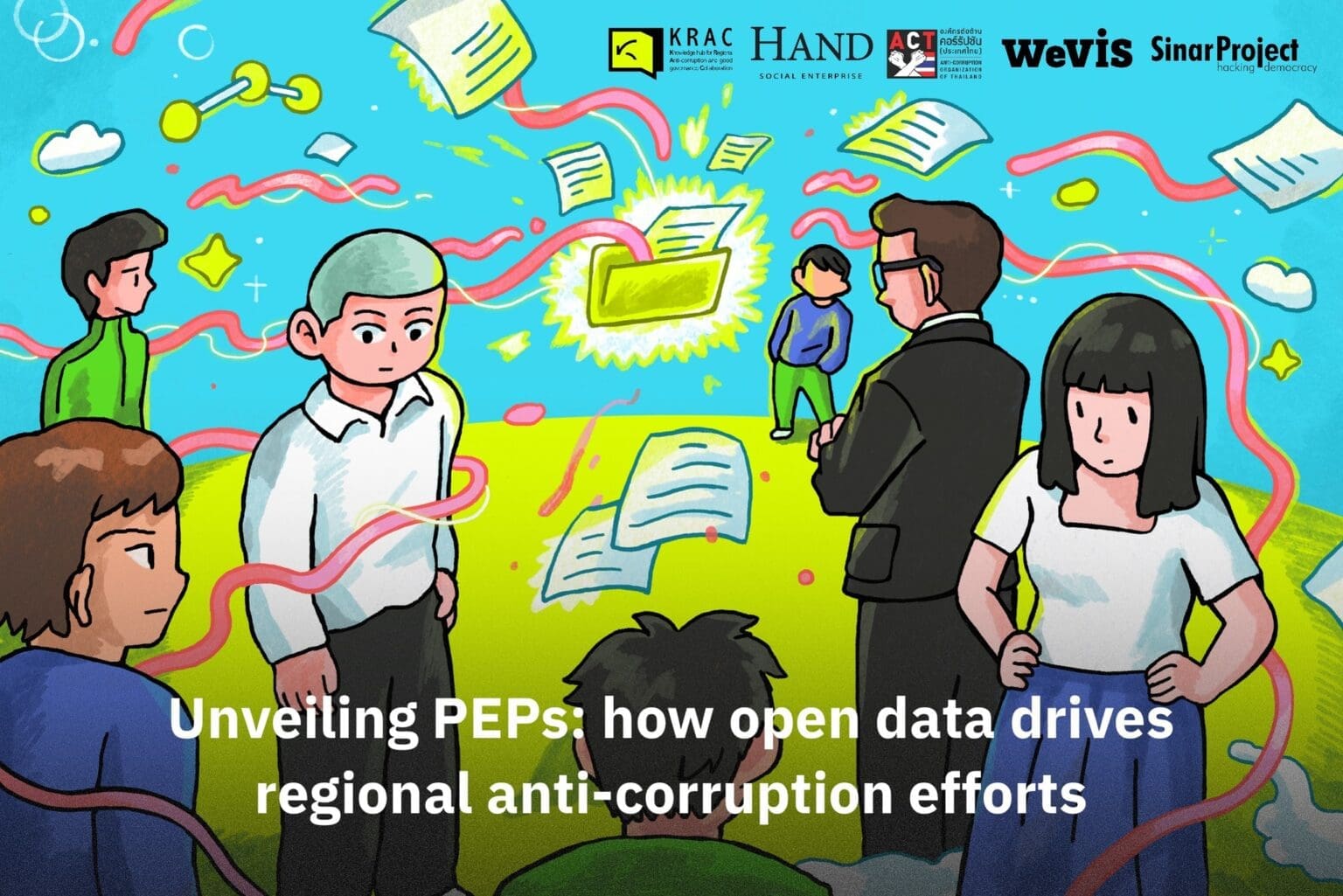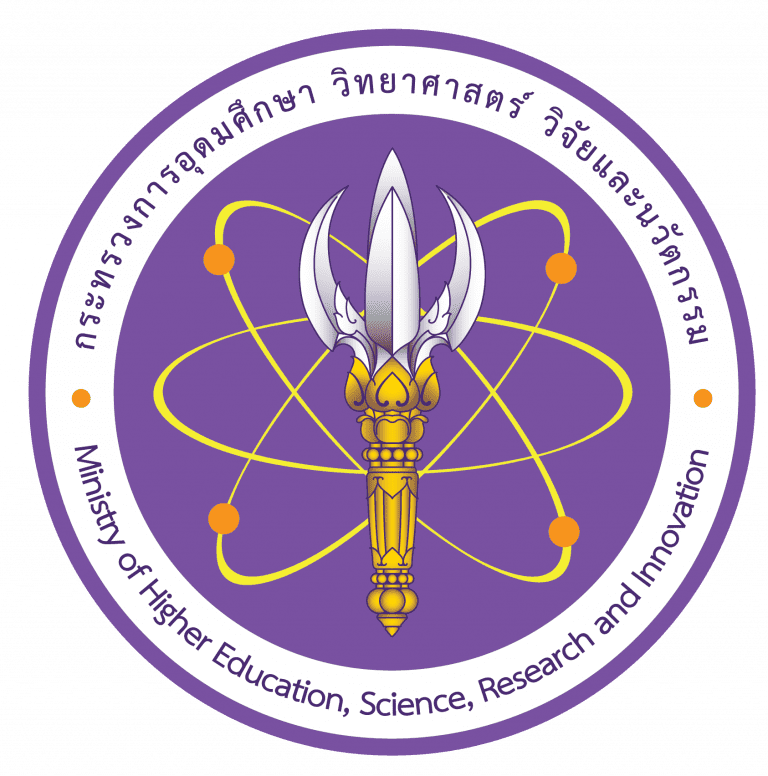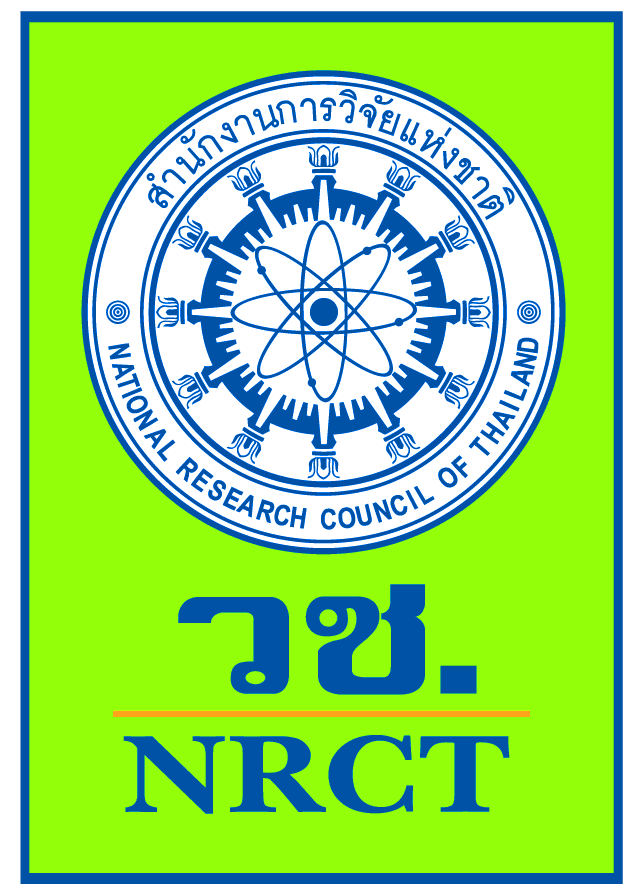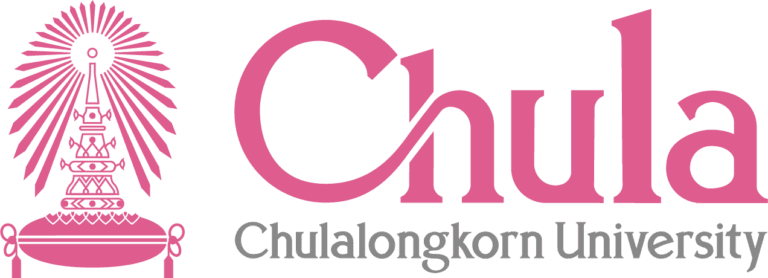
As part of the SEA-ACN Regional Forum on Understanding Public Procurement, held on February 17–18, 2025.
One of the most compelling sessions featured a panel discussion on corruption-related case studies from Southeast Asian countries.
The session aimed to provide deeper insights into procurement scandals and exchange the anti-corruption efforts undertaken by individual countries in the region.
Panelists in this session included Cynthia Gabriel from Malaysia, Laode Syarif from Indonesia, Soh Kee Hean from Singapore, and a representative from Cambodia with the moderator by C4 Center.
Malaysia: A case study from Scorpène Procurement

The procurement of two Scorpène-class submarines remains a high-profile scandal that has yet to be resolved. It holds particular significance for the study of corruption in public procurement, as it involves direct links to the Ministry of Defense, conflicts of interest, whistleblower protection, and transnational crime.
This procurement was under the direct agreement of understanding between Malaysian and French governments, coupled with an understanding that there would be kickbacks and payments should be deal go through. At the time, the French state-owned enterprise involved was DCNS, which was later renamed the Naval Group. Malaysian parliamentarians attempted to raise the issue in Parliament, but no clear answers were provided. Instead, a human rights organization filed a case in France, where lawyers informed them that a similar case had previously occurred in Pakistan.
One of the key figures in this scandal was Razak Baginda, who received kickbacks from the French defense company for acting as a broker in the procurement agreement between Malaysia and France. Razak Baginda is also a close associate of former Prime Minister Najib Razak, who was, at the time, the Minister of Defence and had the authority to approve defense procurement agreements. Additionally, Razak Baginda served as the chairman of the shell companies created to receive these kickbacks. As a result, the French prosecution indicted four individuals, including Razak Baginda, for receiving foreign bribes. Currently, there is enough evidence to proceed to a full trial, which is expected to take place in late 2025.
Furthermore, this scandal involved a conflict of interest, as members of Razak Baginda’s family and close associates were implicated. His wife was also appointed to oversee the shell companies that received the payments. Additionally, the scandal exposed the abuse and complicity of State-owned enterprise (SOE) in facilitating the movement of funds—some of which, including the banks used for transfers, were linked to the government. Under such circumstances, whistleblowing against the most powerful figures in the country was nearly impossible.
Therefore, the Southeast Asia Anti-Corruption Network (SEA-ACN) can play a vital role in advocating for stronger whistleblower protection and fostering an environment where individuals feel safe and empowered to report corruption. Apart from Malaysia case, money laundering remains a significant challenge across the ASEAN region. Anti-corruption organizations must develop strategic approaches for the next steps, including how to effectively engage with ASEAN government representatives on addressing transnational corruption.
Cambodia: Three case study of public procurements

There are several ongoing projects that indicate potential corruption; however, they have not yet become scandals due to the absence of formal investigations. These projects fall under public procurement through government-to-government (G2G) agreements. In this context, the panelists presented and discussed three specific cases, as follows:
Techo canal project – This project is linked to geopolitical tensions between and Southeast Asian and China, further placing attention on China’s involvement in development and infrastructure in the ASEAN region, drawing further attention to China’s role in development and infrastructure across the ASEAN region. In particular, the project involves the potential opening of a new waterway in the Gulf of Thailand, intended as an alternative route to the South China Sea. The project is estimated to require an investment of USD 1.7 billion.
Additionally, there was a collaboration between Cambodia’s Ministry of Public Works and Transport and China Road and Bridge Corporation to build major infrastructure for this project. After that Cambodia government decided to change plans and attempted to acquire more shares but was unable to secure sufficient funding. As a result, the government issued bonds and negotiated with insurance companies for funding, leading to a connection between the politicians involved in the project and influential businesspeople. Another key issue with this project is the lack of clear information regarding the public procurement process.
Techo International Airport project – This project was a collaboration between Cambodian Airways and Overseas Cambodian Investment Corporation (OCIC Group), with an estimated cost of USD 1.5 billion. It has also been reportedly linked to former Cambodian Prime Minister Hun Sen, who named the Techo International Airport after his honorary title. In addition to this project, OCIC fully owns the development of a satellite city known as ‘Diamond Island’ as well as another island currently under construction — both of which have been reportedly linked to the former Prime Minister.
Additionally, with regards to the Phnom Penh Sihanouk expressway that cost USD2 billion, the public was told that it was funded through a bill-operated transfer but it was actually partly funded through loans from China Development Bank – USD1.56 billion was loaned from Chinese entities All of these projects are part of the Belt and Road initiative, which links the flow of trade and influence from Vietnam to Cambodia to Laos.
Phnom Penh Sihanouk expressway Project – This project cost USD2 billion. The government informed the public that this project would be funded through a bill-operated transfer, but it was actually that the project was financed through a loan from the China Development Bank (CDB), with a total of USD 1.56 billion borrowed. Moreover, this project is part of China’s Belt and Road Initiative (BRI), which aims to connect trade routes from Vietnam to Cambodia and Laos
Indonesia: A case study from Defence procurement

On December 2024 Indonesia’s Anti-Corruption Commission (Komisi Pemberantasan Korupsi (KPK)) informed that there are 407 cases of procurement fraud, and 1052 cases of bribery.
Moreover, the legal of procurement practices have been revised 18 times. The main agency responsible for overseeing government procurement is the Policy Institute for Government Procurement of Goods/Services (LKPP). All government procurement should be conducted through their online procurement platform, utilizing its e-cataloguing and e-procurement systems.
In practice, the online platform exempts certain procurement cases, including defense, SOEs, emergency situations, and small projects. Additionally, at the sub-national level, projects are often divided into smaller ones to avoid scrutiny. As a result, it is estimated that only 50% to 60% of procurements are actually conducted through the online platforms. Furthermore, there are concerns about LKPP’s capacity to effectively assess all tender applications and carry out the necessary due diligence processes.
The panelist presented a case study on defence procurement, specifically a helicopter procurement scandal that involved the prosecution of military personnel. However, despite an agreement to pursue the case in civil court, it was initially handled through the military courts. Moreover, the panelist explained the conflict between Garuda Indonesia and Rolls Royce, where authorities were tipped off that an individual they were investigating was also involved in providing kickbacks, which were funneled to shell companies in another country.
Furthermore, the panelist shared that Indonesia’s anti-corruption reform focuses on preventing corruption within SOEs. The procurement reform includes efforts to ensure transparency in procurement processes, the legislating of a Procurement Act, enhancing the integrity of the civil service, and increasing the capacity of the LKPP.
Singapore: Procurement Practice and Anti-corruption in procurement

All public procurement processes in Singapore are managed through the Government Electronic Business System (GeBIZ) via the procurement portal (gebiz.gov.sg), which publishes information related to procurement at both the pre- and post-tendering stages. Additionally, procurement approval and evaluation boards are separate entities with distinct functions to prevent conflicts of interest and undue influence.
Furthermore, the panelist from Singapore emphasized that Singapore’s procurement best practices are based on two key aspects: 1) the establishment of a system to identify gaps and loopholes, and the implementation of this system to prevent exploitation by individuals acting in bad faith. Additionally, Singapore’s procurement processes are regularly audited and investigated, with a system of checks and balances and enforcement in place.
Both internal and annual audits are conducted, but the Auditor General’s office also opts for ad hoc selective audits, as they are unable to audit every contracting body in the government. The Auditor General’s office publishes reports that detail corruption within government ministries, and enforcement agencies such as the Corrupt Practices Investigation Bureau (CPIB) also become involved in investigations, including those of high-level individuals.
Besides, panelist highlighted the sanctions imposed on companies involved in corruption in public procurement, including banning these companies from participating in future tenders and blacklisting the directors of these companies. Additionally, regarding Public-Private Partnership (PPP) projects, no corruption cases have been reported. The panelists cited the example of the Sports Hub project, which was built through a PPP arrangement but faced operational difficulties, leading the government to take over the project in 2022.
Lastly, the case studies discussed during the session underscored the pervasive issue of corruption in public procurement across the ASEAN region. Participants collectively highlighted the crucial role of the SEA-ACN network as a key mechanism for promoting transparency and encouraging stakeholder participation in anti-corruption efforts. Moreover, the network seeks to build a strong, effective, and sustainable anti-corruption ecosystem throughout the region.
Knowledge hub for Regional Anti-corruption and good governance Collaboration (KRAC)
SEA-ACN Workshop | Strengthening Cross-Border Collaboration to Reform Government Procurement and Combat Corruption in Southeast Asia
Discover how a regional workshop led by KRAC C4 Center and SEA-ACN brought together experts from multiple countries to address gaps in public procurement reforms, share best practices, and strengthen efforts against corruption across Southeast Asia.
SEA-ACN Roundtable | Unclear Government Procurement Processes Could Pave the Way for Corruption
Lack of transparency in public procurement processes can facilitate corruption—what measures can we take to mitigate these risks? Discover regional strategies to combat corruption in government procurement from the SEA-ACN Roundtable insights.
SEA-ACN Roundtable | Transform Your Organization with the Power of Corporate Governance
Unlock the power of corporate governance to transform and strengthen your organization. Discover key insights from the SEA-ACN Roundtable, supported by KRAC, UNODC, and regional partners.



















